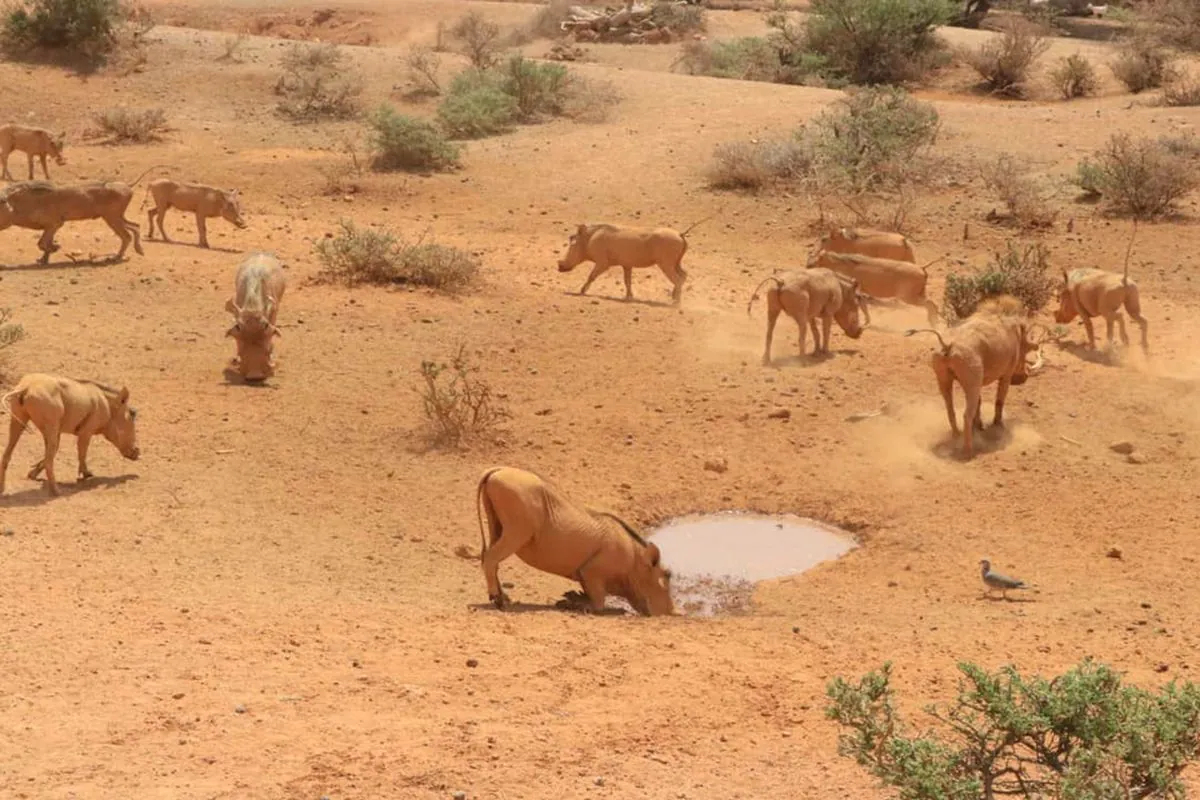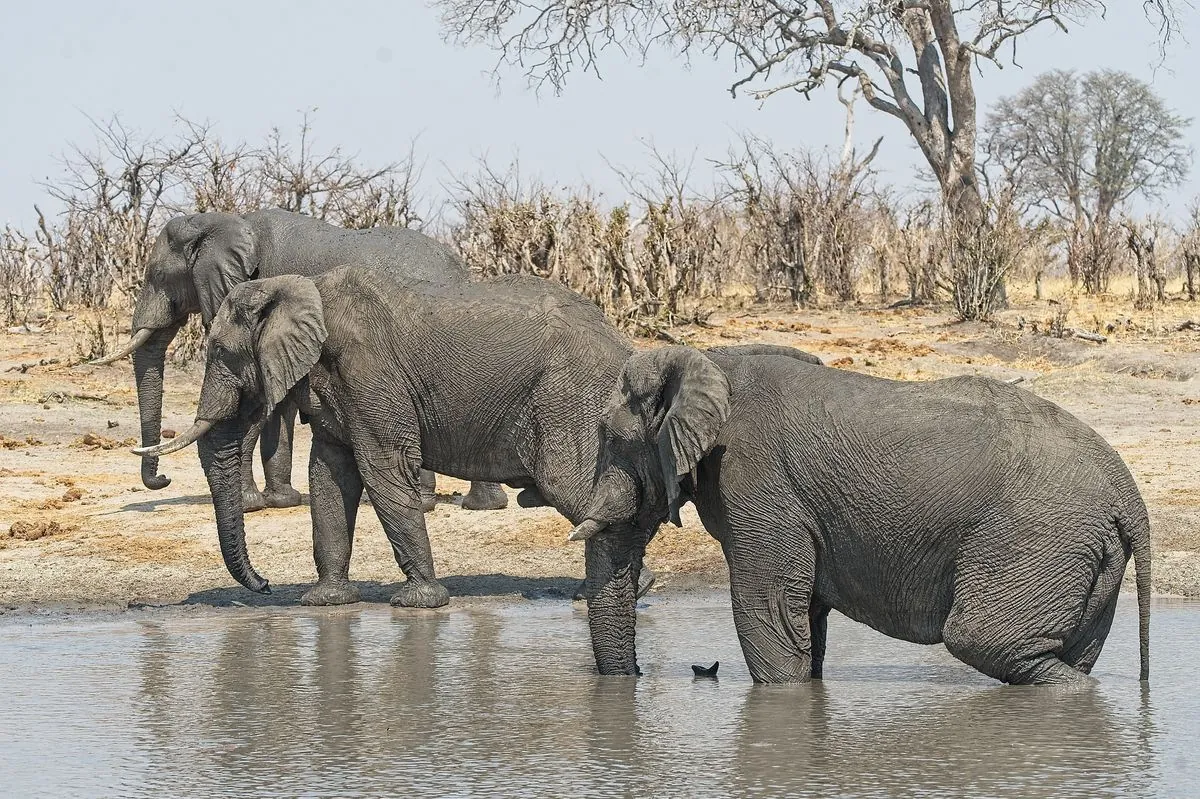Namibia to Cull Hundreds of Animals Amid Severe Drought Crisis
Namibia plans to cull 723 wild animals, including elephants, to address food insecurity caused by severe drought. The meat will be distributed to struggling communities as part of drought relief efforts.

In response to a severe drought affecting southern Africa, Namibian authorities have announced a plan to cull 723 wild animals, including 83 elephants. This decision, revealed by the environment ministry on August 28, 2023, aims to address the growing food insecurity in the region while managing human-wildlife conflicts.
Namibia, a country known for its diverse wildlife and conservation efforts, is facing one of its most challenging periods since gaining independence in 1990. The culling operation will target areas where animal populations are believed to exceed the available grazing land and water supplies, including national parks and communal areas.
The severity of the situation is underscored by recent data indicating that Namibia had depleted 84% of its food reserves by July 2023. The United Nations projects that nearly half of the country's 2.5 million population may experience high levels of food insecurity in the coming months.

The culling plan encompasses various species:
- 83 elephants
- 30 hippos
- 60 buffalo
- 50 impala
- 100 blue wildebeest
- 300 zebra
- 100 eland
As of the announcement, professional hunters contracted by the government had already culled 157 animals, yielding over 56,800 kilograms of meat for distribution.
Namibia's approach to wildlife management is rooted in its constitution, which uniquely incorporates environmental protection. The country has been recognized internationally for its conservation efforts and community-based natural resource management programs. However, the current drought has forced authorities to balance conservation with urgent human needs.
The southern African region, including Namibia, Botswana, Zimbabwe, Zambia, and Angola, is home to one of the world's largest elephant populations, with over 200,000 elephants estimated to inhabit the area. This significant population, while a conservation success, presents challenges during extreme weather events.
The drought's impact extends beyond Namibia's borders. In 2022, hundreds of elephants perished in neighboring Botswana and Zimbabwe due to similar drought conditions, highlighting the regional nature of this crisis.
Namibia's decision to cull animals for drought relief aligns with its constitutional mandate to utilize natural resources for the benefit of its citizens. While controversial, this approach reflects the complex realities of wildlife management in a country where human needs and conservation goals often intersect.
As Namibia navigates this challenging period, the international community watches closely. The country's response to this crisis may provide valuable insights into sustainable wildlife management practices in the face of climate-related challenges.
"This exercise is necessary and is in line with our constitutional mandate where our natural resources are used for the benefit of Namibian citizens."
The ongoing situation in Namibia serves as a stark reminder of the delicate balance between conservation efforts and human welfare, especially in regions prone to recurring drought cycles. As climate change continues to impact ecosystems worldwide, Namibia's experience may offer important lessons for other nations facing similar challenges.


































